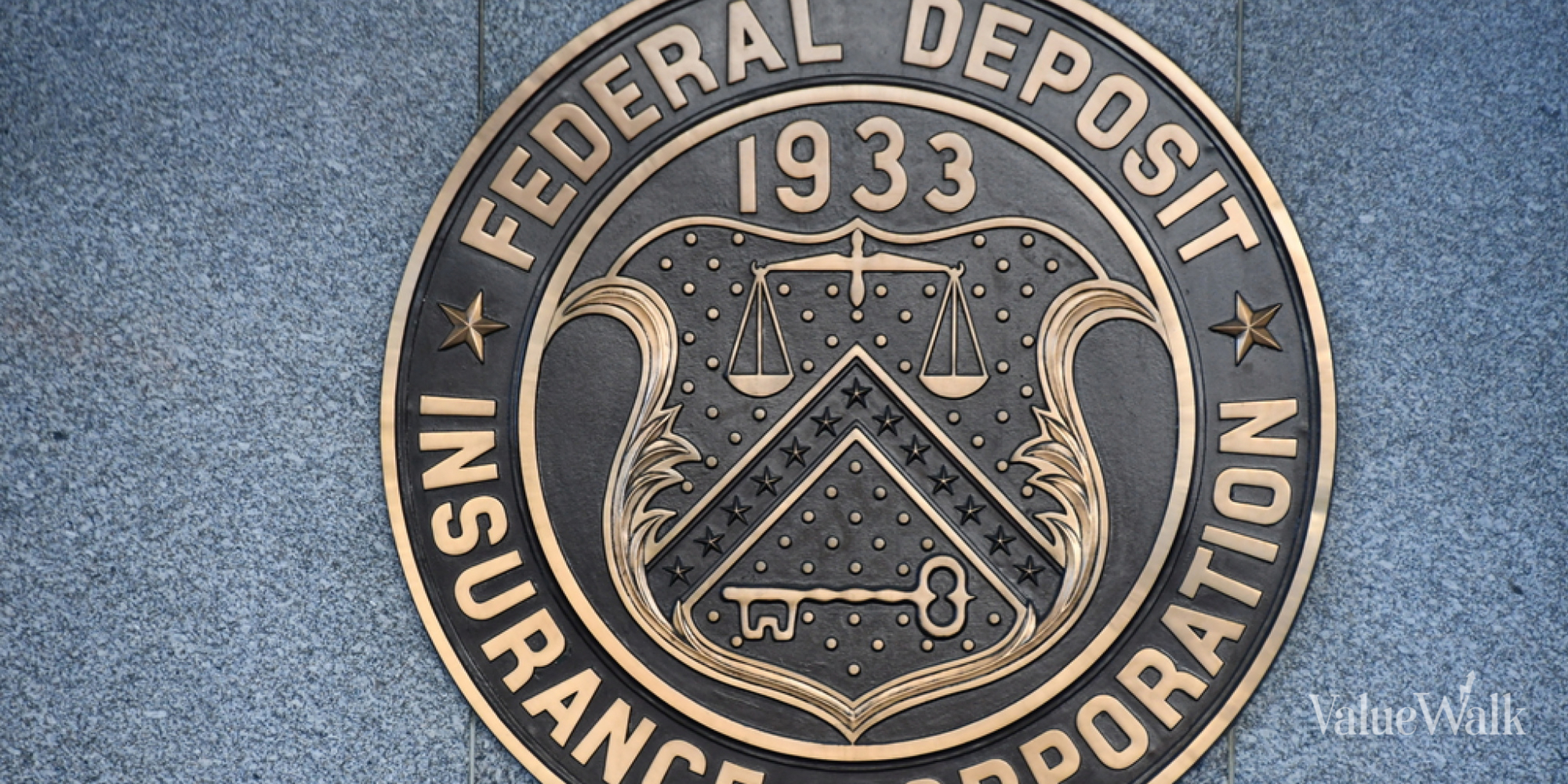Statement from Windstream CEO
“This transaction will make Windstream a more nimble competitor in today’s increasingly dynamic communications marketplace and accelerate our deployment of advanced communications services,” explained Jeff Gardner, president and CEO of Windstream. “Additionally, the REIT will have geographically diverse, high-quality assets and sustainable cash flows with the ability to grow and diversify over time,” he continued.
Windstream – Reasons for the REIT deal
The statement elaborates that the tax-free spinoff of a REIT will enable Windstream Holdings, Inc. (NASDAQ:WIN) to enjoy improved financial flexibility by lowering debt by $3.2 billion and increasing free cash flow for broadband investments, a rapid transition to an IP network and other growth opportunities.
The transaction means Windstream will be able to provide faster broadband speeds and more reliable performance to consumers. The firm plans to expand its 10 Mbps Internet service to over 80% of its customers by 2018. The company also plans to double the availability of 24 Mbps Internet service by 2018, making it available to over 30% of its customers.
Moreover, the REIT is designed to offer an above-average dividend to shareholders as well as increase revenue by lease escalation, capital investment and acquisitions
Further details
As part of the transaction, Windstream Holdings, Inc. (NASDAQ:WIN) will spin off specified assets, including its fiber and copper networks and other real estate, as a REIT. The REIT will then lease use of the assets to the company through a long-term lease with an initial estimated rent of $650 million per year. Windstream will continue to operate and maintain the assets and deliver services to consumers and businesses. Furthermore, customers will see no change in their rates, scope or terms of service because of the spin off.
The REIT will attempt expand and diversify its assets and tenants through future acquisitions. The firm projects that the REIT will raise around $3.5 billion in new debt. These funds will be used to repay existing debt to effect the transaction. Windstream expects to retire $3.2 billion of debt through the deal, meaning the firm will be deleveraged to 3.3 times debt to adjusted operating income before depreciation and amortization at the closing of the transaction.





